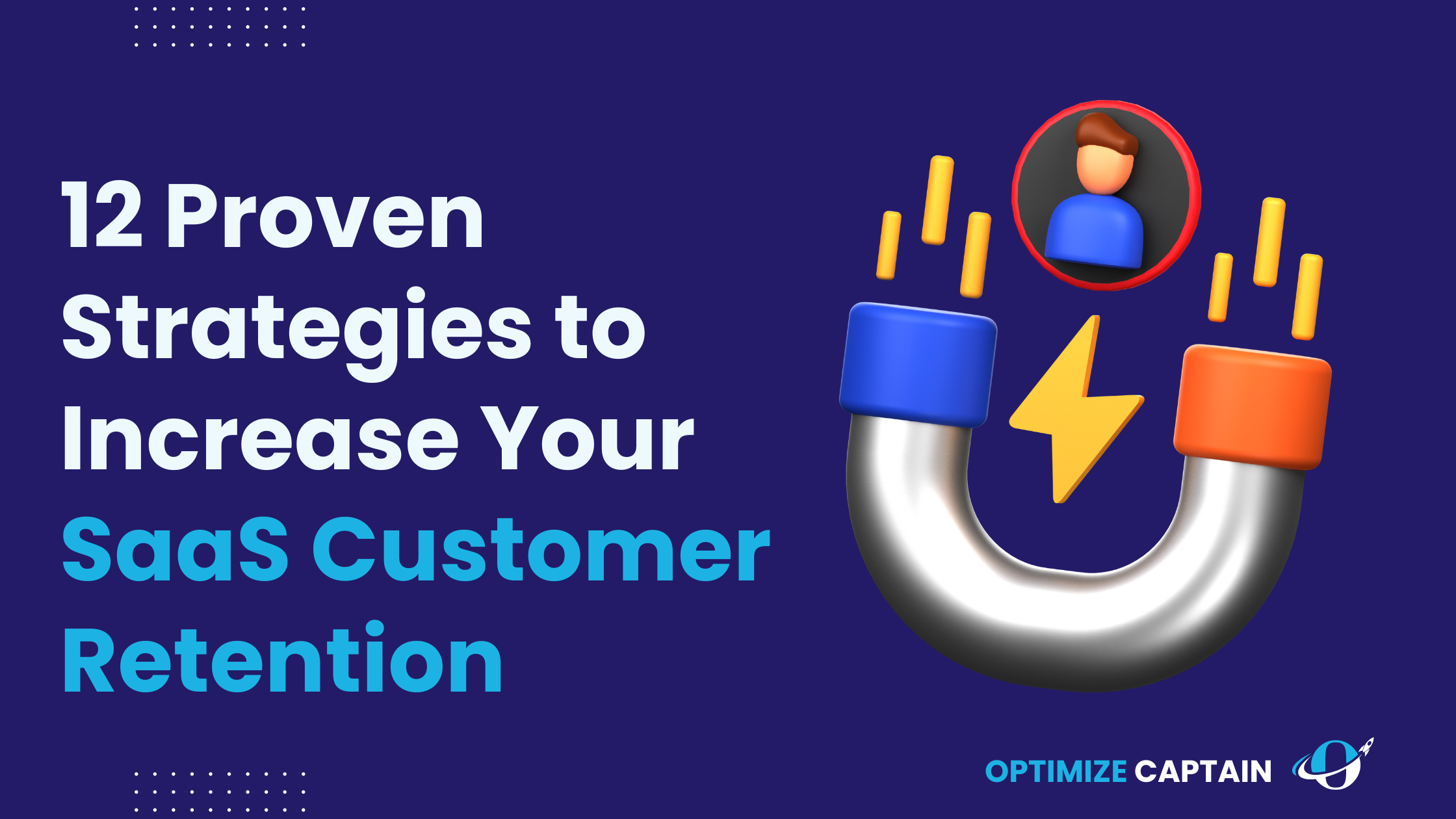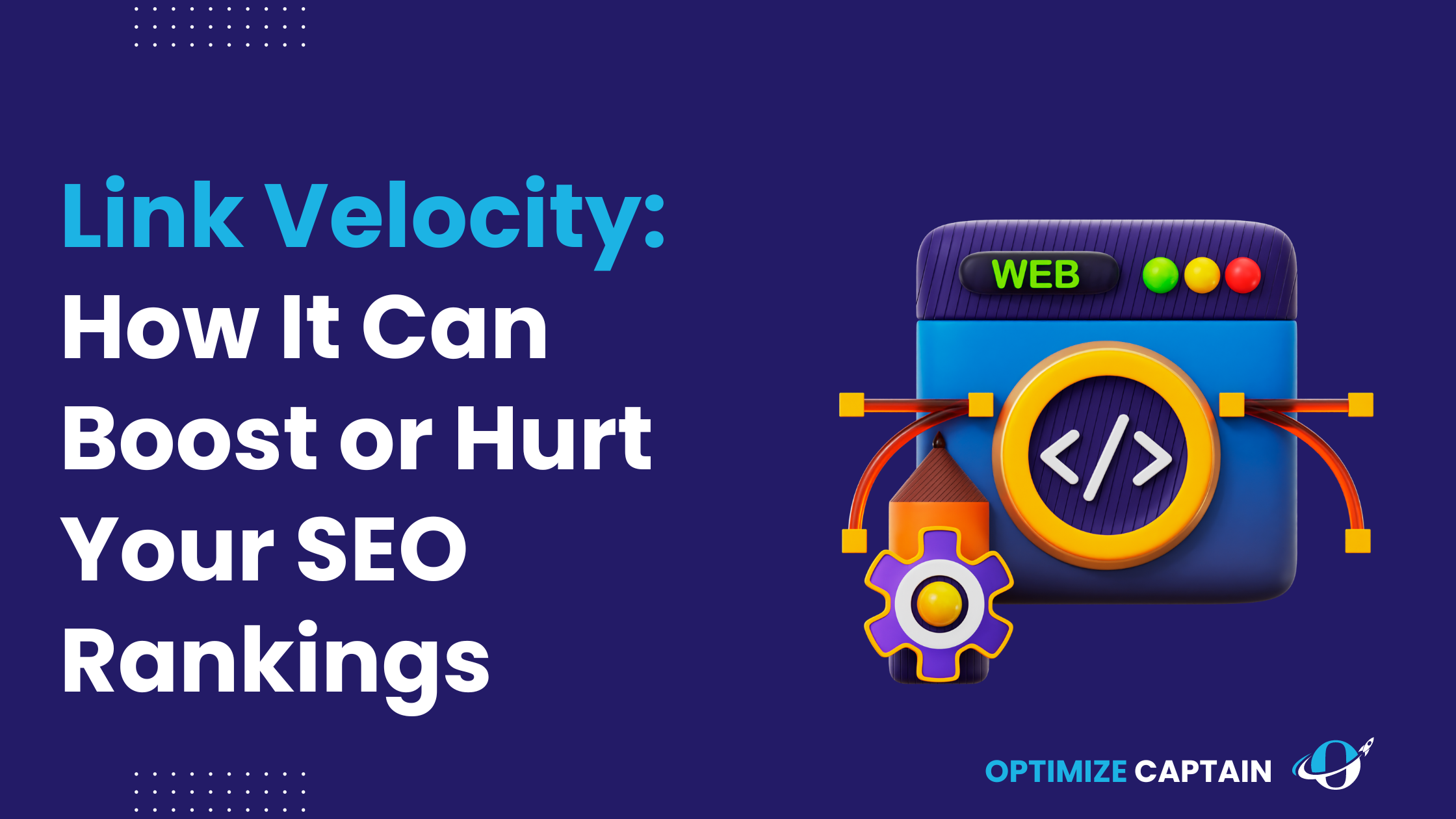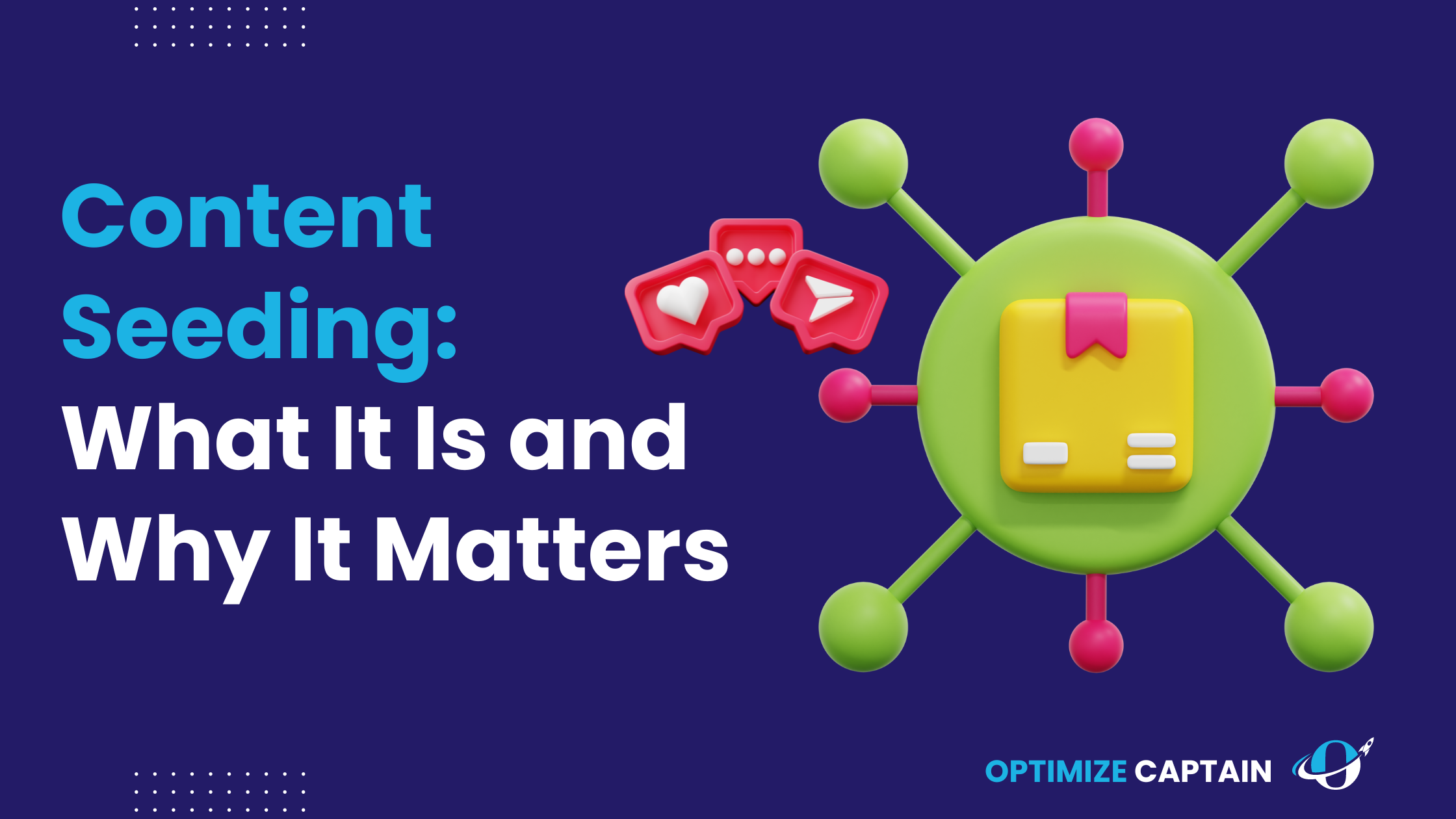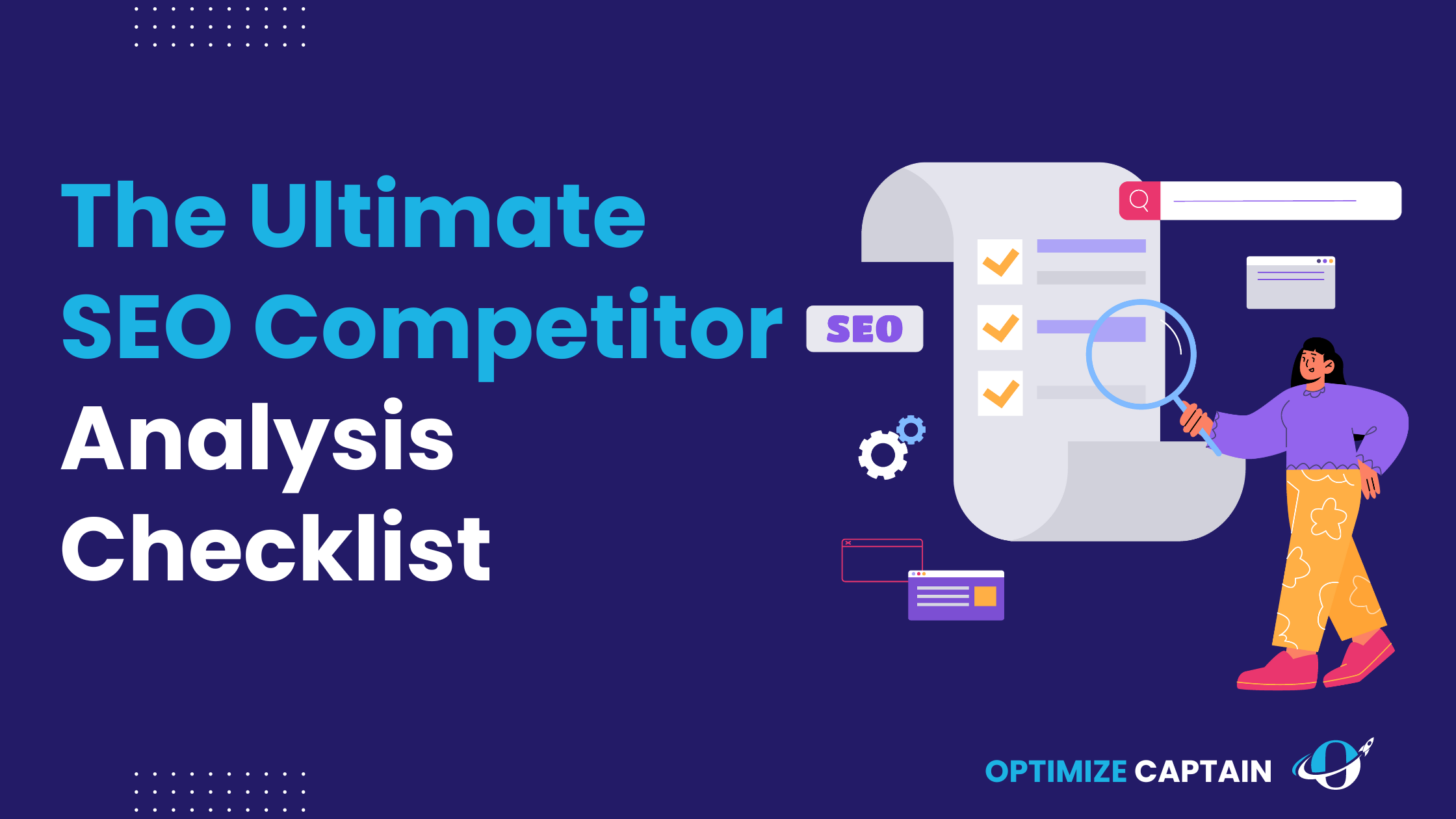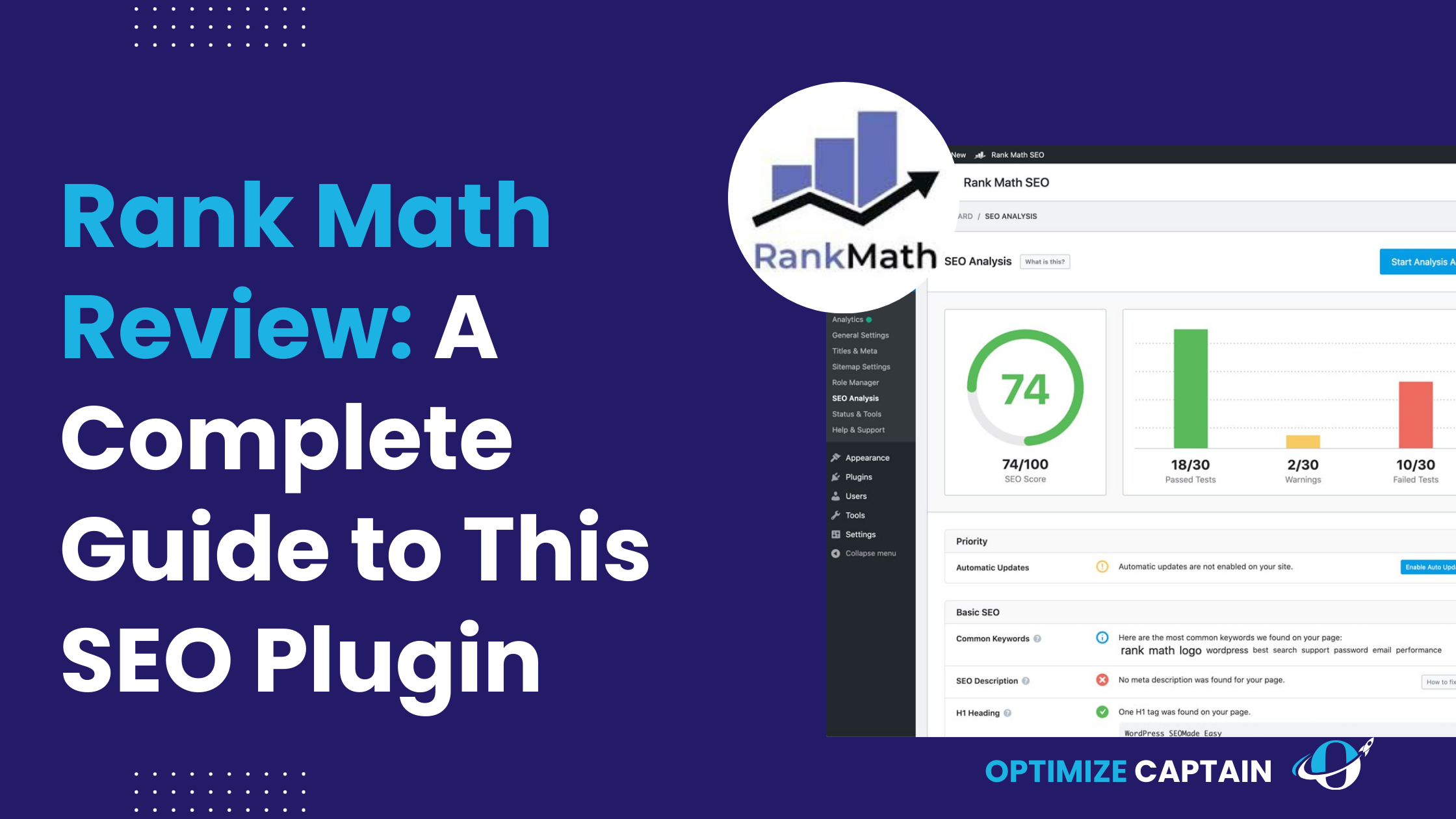Have you ever felt frustrated when customers leave despite your best efforts to keep them?
You’re not alone. Many SaaS businesses struggle with this challenge.
Picture this: you’ve acquired a new customer and invested time and resources into their onboarding, only to watch them churn a few months later. It’s disheartening and costly.
But here’s the good news: customer retention isn’t just about keeping clients; it’s about building lasting relationships that drive sustainable growth through effective SaaS marketing strategies. This guide will explore proven methods for increasing your SaaS customer retention. Drawing inspiration from industry leaders and backed by real-world examples, we’ll equip you with the tips you need to turn customers into loyal advocates.
By the end of this article, you’ll have a clear roadmap to enhance your retention rates and foster a thriving customer base. Let’s dive in and transform your retention strategy from reactive to proactive.
What is the SaaS Customer Retention Rate?
Customer retention rate in SaaS measures the percentage of customers who continue to use your product over a specific period. Unlike acquisition, which focuses on gaining new customers, retention centers on keeping existing ones. It’s a crucial metric that reflects customer satisfaction and loyalty, indicating how well your service meets their needs.
Why is Customer Retention Important?
Customer retention is vital for several reasons. First, retaining an existing customer is significantly more cost-effective than acquiring a new one.

Secondly, loyal customers are more likely to refer others, providing you with high-quality leads. They also tend to spend more over time, increasing their lifetime value (LTV). High retention rates are a testament to your product’s quality and customer service’s effectiveness, leading to a positive brand reputation.
How is it Different from Acquisition?
Customer acquisition focuses on bringing in new customers, often through marketing and sales efforts. It’s about expanding your user base and increasing your market share. Retention, however, is about nurturing the relationships you’ve already built. It involves understanding customer needs, addressing pain points, and continuously delivering value to keep them engaged.
The 8 C’s of Customer Retention
- Customer-Centricity: Place customers at the heart of everything you do.
- Communication: Maintain open and consistent communication channels.
- Customization: Tailor your services to meet individual customer needs.
- Convenience: Make your product easy to use and accessible.
- Consistency: Ensure a reliable and high-quality user experience.
- Competence: Provide knowledgeable and practical customer support.
- Connection: Build personal relationships and foster a sense of community.
- Care: Show genuine concern for your customers’ success and well-being.
What is a Good Customer Retention Rate for SaaS?
A reasonable customer retention rate for SaaS companies typically falls between 85% to 90%. If you start the year with 100 customers, you should aim to retain at least 85 to 90 of them by year’s end. Top-performing SaaS companies often achieve retention rates above 90%, reflecting their strong customer relationships and value delivery.
Metrics of Customer Retention
Tracking the following metrics is crucial to measure and improve your customer retention effectively. Here are the definitions, along with their respective formulas:
1. Customer Churn Rate
Customer Churn Rate measures the percentage of customers who leave over a specific period. It helps you understand how well you are retaining customers.
2. Customer Lifetime Value (CLV)
Customer Lifetime Value (CLV) estimates the total revenue a customer is expected to generate during their lifetime with your company.
3. Net Promoter Score (NPS)
Net Promoter Score (NPS) measures customer loyalty and their likelihood to recommend your product to others. It is calculated based on responses to the question: “On a scale of 0 to 10, how likely are you to recommend our product to a friend or colleague?”
Promoters respond with a score of 9 or 10, while detractors respond with a score of 0 to 6.
4. Monthly Recurring Revenue (MRR)
Monthly Recurring Revenue (MRR) is the predictable revenue you can expect monthly from your subscription-based services.
5. Customer Satisfaction Score (CSAT)
Customer Satisfaction Score (CSAT) gauges customer satisfaction with your product or service. It is usually measured by asking customers to rate their satisfaction on a scale of 1 to 5.
6. Repeat Purchase Rate
Repeat Purchase Rate measures the percentage of customers who make multiple purchases, indicating customer loyalty and satisfaction.
Tracking these metrics provides valuable insights into your customer retention efforts. It helps you identify areas for improvement and strategize effectively to enhance customer loyalty and satisfaction.
12 Proven Strategies to Increase SaaS Customer Retention
Boosting SaaS customer retention is more than just providing a great product; it’s about delivering continuous value, engaging customers, and building solid relationships. Here are 12 proven strategies to help you achieve these goals.
1. Perfect Your Onboarding Process
Onboarding is your first chance to make a lasting impression. A well-structured onboarding process ensures new users understand how to use your product and see immediate value, which is crucial for long-term retention.
Start by creating a personalized onboarding journey that caters to different user segments. Use in-app guides, tips, and prompts to maximize engagement from the first session. For instance, segment users based on their roles or industries and provide tailored guidance. Interactive tutorials and detailed documentation can help users navigate your product, reducing early churn caused by confusion or overwhelm.

Slack, for example, uses prompt messages and product tours to help users get acquainted with its platform. Depending on the complexity of your product, you can use real-time user data to send targeted prompts based on user interactions. This ensures users receive relevant information at the right time, enhancing their overall experience.

According to Wyzowl, 86% of users are likelier to stay loyal to a business that provides onboarding content, highlighting the importance of a strong onboarding process.
2. Maintain Regular Communication
Regular communication with your customers is essential for understanding their needs and preventing potential issues from escalating. Automated emails and personalized outreach, such as direct messages or phone calls, can help you gather feedback and show customers that you value their input. This proactive approach builds trust and demonstrates your commitment to their success.
Effective communication informs customers about new features, updates, and other relevant information. For instance, regular newsletters or product update emails can keep users engaged and excited about your product. Additionally, personalized surveys can help identify areas for improvement and ensure you meet customer expectations.
Bain & Company reports that increasing customer retention rates by 5% can increase profits by 25% to 95%, underscoring the financial benefits of maintaining regular communication.

3. Consistently Deliver Value
To keep customers engaged, you must continuously demonstrate your product’s value. Regularly highlight how your product benefits them through detailed reports, success stories, and ROI calculations. This reinforces their decision to stay with your product and shows them the tangible benefits they are receiving.
Value delivery involves meeting and exceeding customer expectations. Share regular updates on how your product helps users achieve their goals and highlight success stories from other users. Offering exclusive features or content to loyal customers can also enhance their experience and reinforce the value they derive from your product.
Invesp reports that existing customers are 50% more likely to try new products and spend 31% more than new customers, illustrating the importance of delivering consistent value.
Tips:
- Share regular updates and reports that showcase key performance metrics.
- Highlight customer success stories and case studies.
- Offer exclusive content or features to loyal customers.
4. Invest in Customer Education
Providing ongoing education and resources helps customers get the most out of your product. This includes webinars, tutorials, knowledge bases, and certification programs. An educated customer is more likely to find value in your product and remain a loyal user.
Webinars and tutorials can cover a wide range of topics, from basic functionality to advanced features, ensuring that all users can benefit regardless of their level of expertise. Knowledge bases and certification programs can provide in-depth information and formal recognition of user proficiency.
TSIA found that educated customers about their products are 68% more likely to renew their subscriptions.
Tips:
- Create a comprehensive knowledge base with articles and video tutorials.
- Host regular webinars to cover advanced features and best practices.
- Offer certification programs to encourage deeper product engagement.
5. Personalize the User Experience
Personalizing the user experience based on customer data can significantly enhance satisfaction and retention. Tailored experiences like customized dashboards and feature recommendations make customers feel valued and understood.
Using data analytics, you can identify patterns in user behavior and preferences. This allows you to offer personalized recommendations and adjust the user interface to better meet users’ needs, enhancing the user experience and increasing engagement and loyalty.
Epsilon found that 80% of consumers are more likely to purchase when brands offer personalized experiences.
Tips:
- Use customer data to provide personalized product recommendations.
- Customize user interfaces based on individual preferences and usage patterns.
- Implement targeted marketing campaigns that address specific customer needs.
6. Foster a Community
Building a community around your product can create a strong sense of belonging among your users. Community forums, user groups, and social media platforms where customers can share experiences tips, and support each other foster a collaborative environment.
Creating an online forum allows users to ask questions and share insights, while user meetups and virtual events can build stronger connections. Encouraging user-generated content and rewarding active community members further strengthens the sense of community.
Gartner reports that peer-to-peer support communities can reduce support costs by 10% to 25%.
Tips:
- Create an online forum where users can ask questions and share insights.
- Host user meetups or virtual events to build stronger connections.
- Encourage user-generated content and reward active community members.
7. Reward Customer Loyalty
Rewarding loyal customers with incentives such as discounts, exclusive features, or early access to new updates encourages continued engagement and retention. Loyalty programs recognize and appreciate customer commitment, providing tangible benefits for staying with your product.
Developing a tiered loyalty program with escalating rewards can motivate customers to remain engaged. Offering exclusive access to new features or beta tests can make loyal customers feel valued, while personalized discounts and promotions based on customer behaviour can further enhance their experience.
According to Bond, 77% of consumers say loyalty programs make them more likely to stay with brands.
Tips:
- Develop a tiered loyalty program with escalating rewards.
- Offer exclusive access to new features or beta tests.
- Provide personalized discounts and promotions based on customer behaviour.
8. Enhance Customer Support
Providing exceptional customer support is fundamental to retention. Ensuring your support team is well-trained, empathetic, and capable of quickly resolving issues can significantly improve customer satisfaction. Offering multiple support channels, such as live chat, phone support, and comprehensive help centers, ensures customers can get the help they need in their preferred way.
Quick and effective problem resolution prevents frustration and builds trust and loyalty. Reviewing support interactions helps maintain high standards and consistency.
American Express found that 78% of consumers have bailed on a transaction or not made an intended purchase because of a poor service experience.
Tips:
- Invest in comprehensive training for your support team.
- Implement a multi-channel support system to cater to different customer preferences.
- Regularly review support interactions to ensure quality and consistency.\
9. Regular Product Improvements
Regularly updating and improving your product based on customer feedback shows that you value their input and are committed to meeting their needs. Continuously refining features, fixing bugs, and adding enhancements keep your product competitive and relevant. Communicating these updates transparently and demonstrating how they address user feedback can increase customer satisfaction and retention.
Establishing a feedback loop allows you to gather input on product improvements and prioritize updates that address common customer pain points. Clear and frequent communication about product changes keeps customers informed and engaged.
A Pendo survey found that 80% of users would be more likely to stay with a SaaS product if they felt their feedback was being acted upon.
Tips:
- Establish a feedback loop to gather input on product improvements.
- Prioritize updates that address common customer pain points.
- Communicate product changes and improvements clearly and frequently.
10. Gamification for Engagement
Incorporating gamification elements into your product can significantly enhance user engagement and retention. Gamification uses game-like elements such as points, badges, leaderboards, and rewards to motivate and encourage continued product use. These elements tap into users’ desires for competition, achievement, and recognition, making the user experience more enjoyable and sticky.
For example, if your product includes a task management feature, you could introduce a point system where users earn points for completing tasks. These points could then be displayed on a leaderboard to foster a sense of competition. Additionally, offering badges and rewards for achieving certain milestones can motivate users to engage more deeply with your product.
Gallup states that organizations that successfully implement gamification can boost engagement by up to 48%.
Tips:
- Integrate point systems and rewards into your product for key user actions.
- Use leaderboards to foster a sense of competition among users.
- Offer badges and achievements to recognize user milestones.
11. Upselling and Cross-Selling
Strategically encouraging customers to upgrade their plans or purchase additional features can enhance retention by increasing the value they derive from your product. Upselling and cross-selling should be personalized based on user behaviour and needs, ensuring the additional offerings are relevant and beneficial.
For instance, if a user frequently uses a particular feature, you could offer an upgrade that enhances this feature or provides additional related functionalities. By demonstrating how these upgrades can solve more of their problems or enhance their experience, you can strengthen their commitment to your product.
Forrester found that cross-selling increases sales by an average of 10-30%.
Tips:
- Use data analytics to identify opportunities for upselling and cross-selling.
- Personalize offers based on individual user behaviour and preferences.
- Highlight the benefits and added value of premium features or plans.
12. Conduct Exit Interviews
Conducting exit interviews when customers leave provides valuable insights into their reasons for churning. This feedback can highlight areas for improvement and help you refine your retention strategies. Analyzing exit interview data allows you to identify and address common pain points proactively. Implementing changes based on this feedback shows customers that you are responsive and committed to continuous improvement, which can ultimately reduce churn.
Developing a structured exit interview process ensures you gather consistent and actionable feedback. Use this information to identify trends and joint issues and communicate any resulting changes to your remaining customers to demonstrate your commitment to improvement.
Harvard Business Review indicates that acquiring a new customer is five to 25 times more expensive than retaining an existing one, underscoring the importance of understanding why customers leave and taking steps to address those issues.
Tips:
- Develop a structured exit interview process to gather consistent feedback.
- Use the insights gained to identify trends and joint issues.
- Implement changes and communicate them to your remaining customers to demonstrate your commitment to improvement.
Conclusion
Boosting SaaS customer retention requires a comprehensive, customer-centric approach. By implementing these 12 strategies, you can create a more engaging, valuable experience for your users, transforming them into loyal advocates for your brand. Remember, retention is not just about preventing churn; it’s about fostering lasting relationships that drive long-term success.
Now you know the key strategies to retain your SaaS customers effectively. Let’s put them into action and watch your customer loyalty soar!
SaaS Customer Retention FAQ’s
1. What is a good customer retention rate for SaaS?
A good retention rate typically falls between 85% to 90%. Top-performing companies often achieve rates above 90%.
2. How can I measure customer retention?
Key metrics include Customer Churn Rate, Customer Lifetime Value (CLV), Net Promoter Score (NPS), Monthly Recurring Revenue (MRR), Customer Satisfaction Score (CSAT), and Repeat Purchase Rate.
3. Why is customer retention important for SaaS?
Retention is cost-effective, leads to higher customer lifetime value, generates referrals, and reflects the quality of your product and customer service.
4. What are the 8 C’s of customer retention?
Customer-Centricity, Communication, Customization, Convenience, Consistency, Competence, Connection, and Care.
5. What are some strategies to improve customer retention?
Effective onboarding, regular check-ins, continuous value delivery, customer education, personalized experiences, community building, incentive programs, excellent customer support, regular product improvements, and conducting exit interviews.

